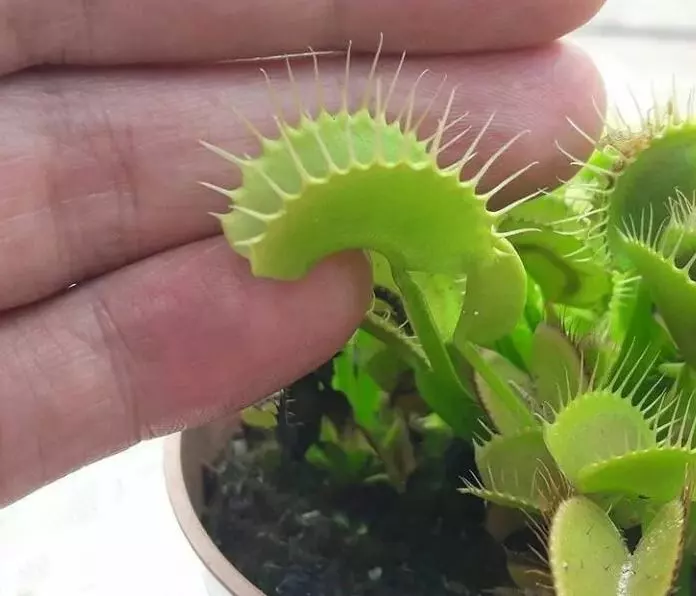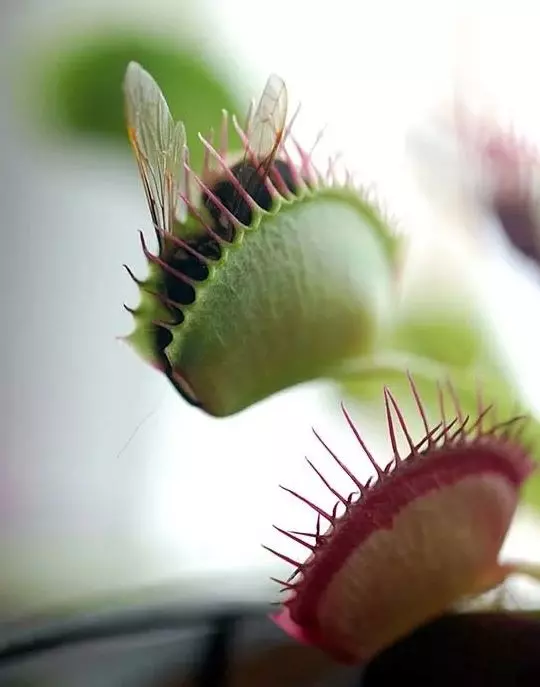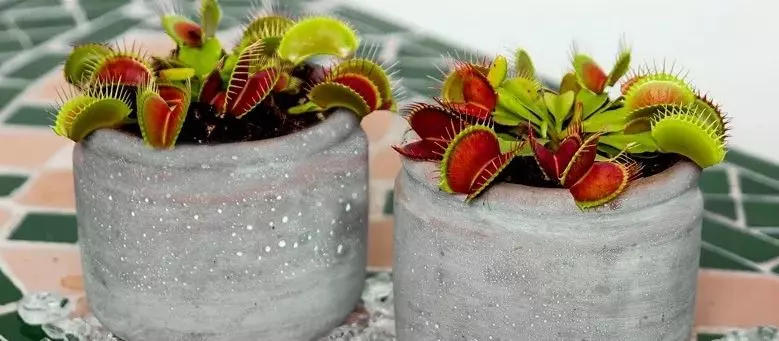The Venus flytrap (Dionaea muscipula) is perhaps one of the best-known carnivorous plants in existence. Its leaves are capable of closing, to trap any insect that comes too close, which will serve as food. That is why in this article we will explain to you how does a Venus flytrap work.
In addition, this plant can count and uses this ability to make decisions, because when nutrients are scarce in the soil, it needs to incorporate insects or spiders into its diet. However, closing the capture organ, which is located around its prey, involves a high expenditure of energy and, therefore, the plant has to decide carefully whether it is worthwhile to do so.
Table of Contents
Where Venus Flytrap is Found
This plant is native to North Carolina and South Carolina USA. With good care, it can live up to 25 years.

How Venus Flytrap Captures Insects
How does a Venus flytrap work? A study published in Current Biology mentions that for a carnivorous plant to detect its prey, which is attracted by a fruity scent — secreted nectar — it relies on the help of sensory hairs on the surface of its trapping leaves.
According to the authors, the Venus flytrap can count how many times these hairs have been touched by the insect to decide whether it deserves to be caught and digested.
The Venus flytrap is a harmless rosette and its leaf blades form serrated traps. The outside of the traps generally has a green color, while the interiors have a red pigment that varies depending on age.
On the edge of each lobe, there are between 14 and 20 teeth that target prey. Its stem can reach up to 12″ (30 cm) in height, while the seed capsule is flat and contains a single seed.

Catching the Insect
At the moment their teeth close, they are so fast they prevent the prey from escaping. Once closure has occurred, the teeth are pointed outward and the trap is tightly sealed, allowing digestion to begin through the intervention of digestive juices released by certain glands within the inner wall of the trap.
Digestion takes between seven and 10 days, then the trap will open again and start another hunt, or simply photosynthesis will take place.
We hope that with this article you have learned how does a Venus flytrap work. Learn more about How to Care for Venus Flytrap.

